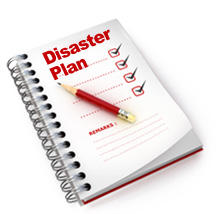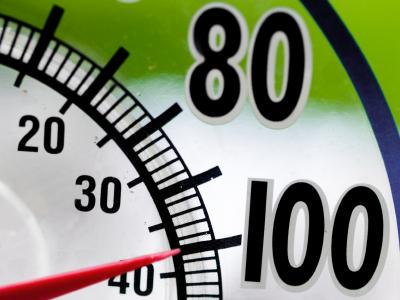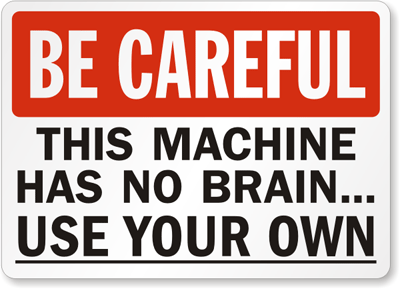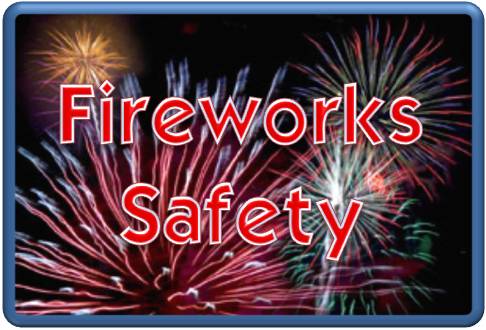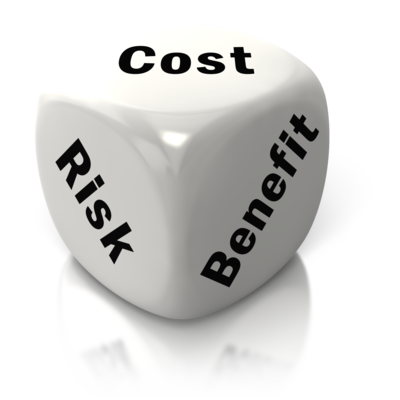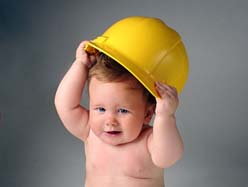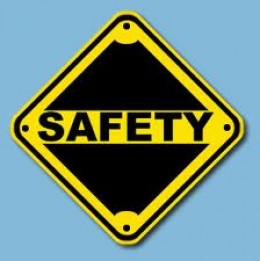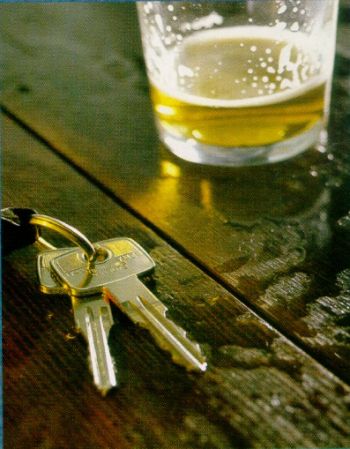 Accidents are more expensive than most people realize because of the hidden costs. Some costs are obvious — for example, Workers’ Compensation claims which cover medical costs and indemnity payments for an injured or ill worker. These are the direct costs of accidents.
Accidents are more expensive than most people realize because of the hidden costs. Some costs are obvious — for example, Workers’ Compensation claims which cover medical costs and indemnity payments for an injured or ill worker. These are the direct costs of accidents.
But what about the costs to train and compensate a replacement worker, repair damaged property, investigate the accident and implement corrective action, and to maintain insurance coverage? Even less apparent are the costs related to schedule delays, added administrative time, lower morale, increased absenteeism, and poorer customer relations. These are the indirect costs — costs that aren’t so obvious until we take a closer look.

